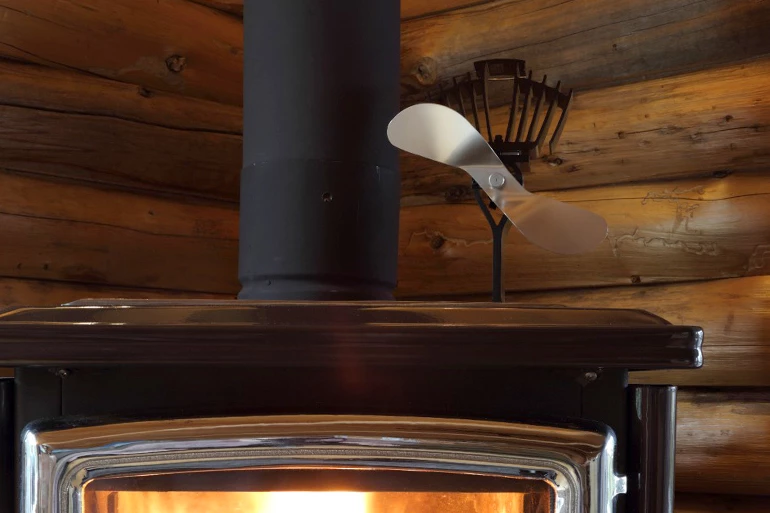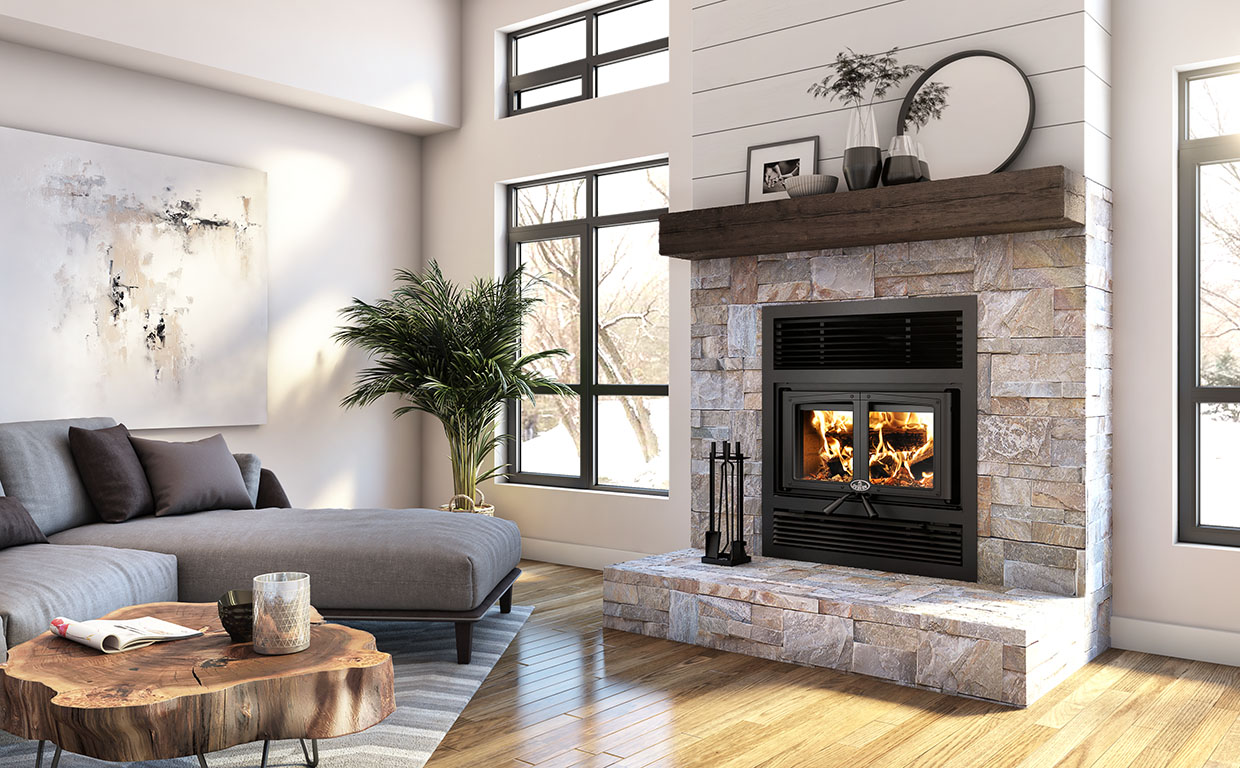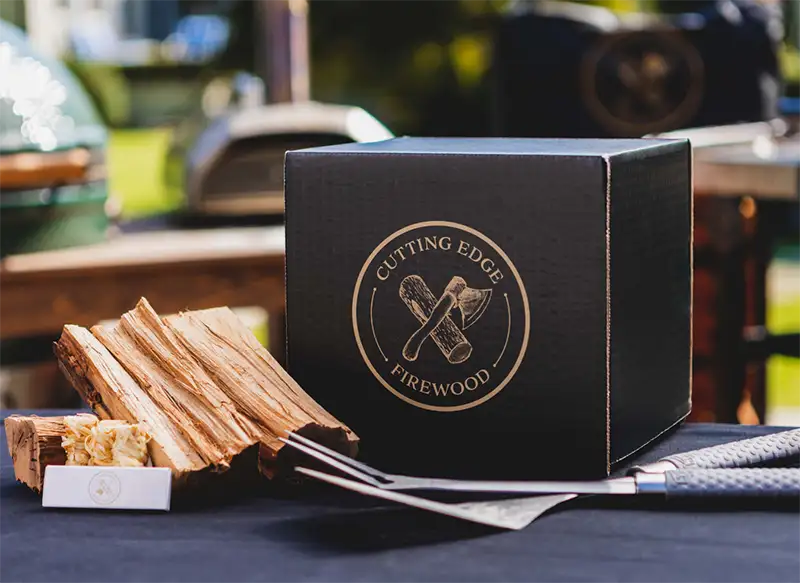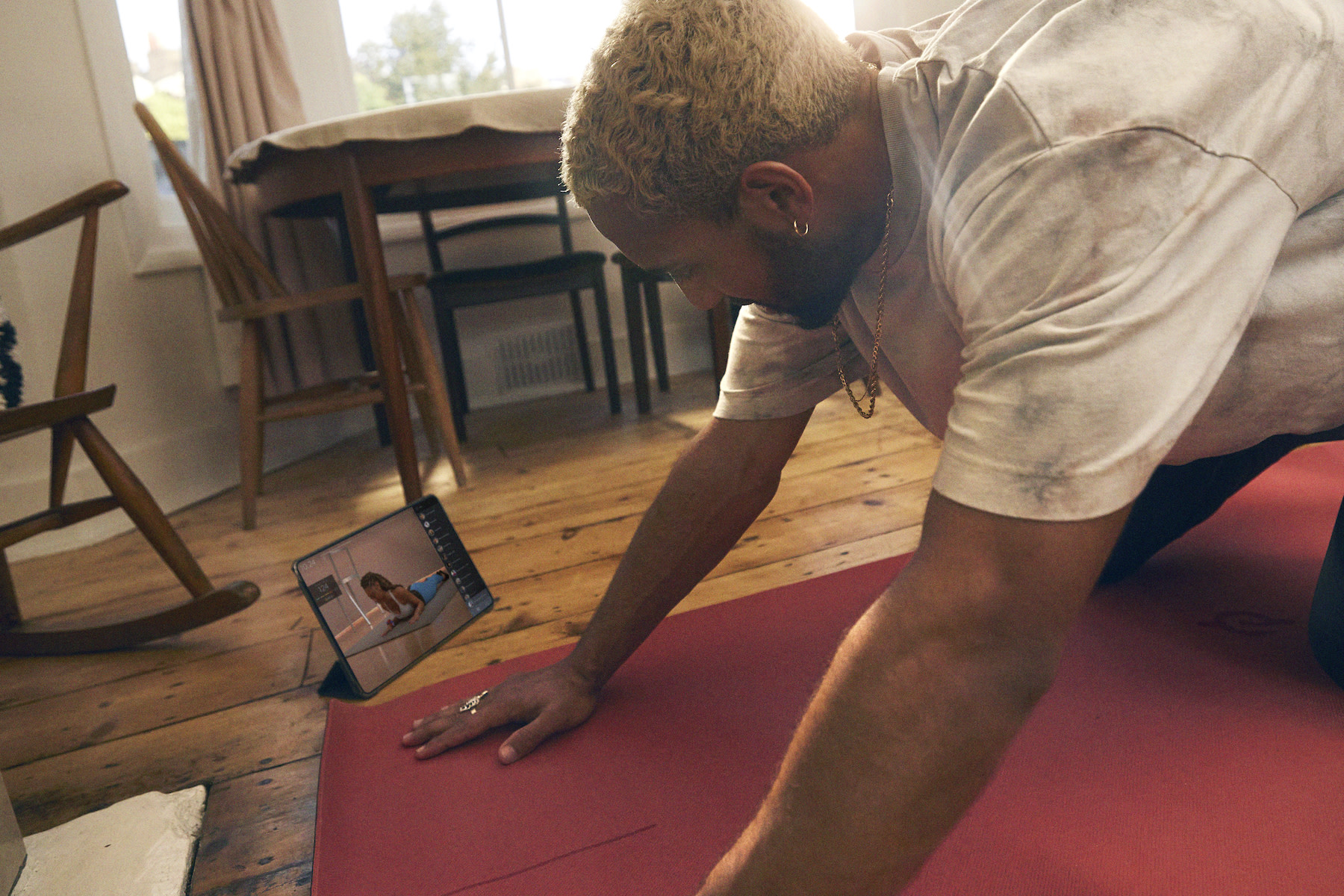Wood burns slowly when airflow to the fire is restricted, allowing the fuel to burn for longer durations. By limiting air intake, the fire produces a lower BTU output and conserves wood.
Different wood types, such as hardwood with low moisture content, burn more slowly than softwoods. Examples of slow-burning woods include hickory, pecan, and oak. Properly managing the airflow and using hardwood can help you maintain a longer-lasting fire. It is essential to understand the dynamics of burning wood to maximize efficiency and prolong the warmth provided by the fire.
By following some key tips, you can ensure a slow and steady burn for a more enjoyable wood-burning experience.

Choosing The Right Wood
Slowest Burning Wood
The slowest-burning wood is typically hardwood or coniferous wood with a low moisture content. Examples include hickory, pecan, and oak. These hardwoods burn at a slower pace compared to softwoods, which have a higher moisture content and burn faster.
Low Moisture Content For Longer Burns
To achieve longer burn times, opt for wood with low moisture content. This characteristic allows the wood to burn more efficiently and for an extended period. Hardwoods like oak are ideal for creating sustained heat output, making them perfect for long-lasting fires.

Credit: www.osburn-mfg.com
Maximizing Burn Times
Restrict airflow to prolong burn times. Low airflow maintains steady heat output, whereas high airflow burns quickly.
How wood is stacked affects burn times. Proper stacking ensures efficient burning and longer-lasting fires.
How To Slow Down Wood Burning
To make wood burn slowly, restrict the airflow to draw out the length of the fuel burning. Using hardwood with low moisture content, stacking the fire correctly, and using multiple logs can also help in slowing down the burning process.
Additionally, closing the damper and pushing logs closer together can control the fire burn.
Restricting Airflow
Burning wood slowly can be achieved by efficiently managing the airflow to the fire. To extend the duration of the fuel burning, it’s essential to restrict the airflow, thereby reducing the BTU output. Low airflow fires burn at a lower rate for extended periods. In contrast, high airflow fires consume the wood rapidly, requiring frequent replenishment.Using Hardwood Instead Of Softwood
Consider using hardwood, which generally burns more slowly than softwood due to its lower moisture content. Examples of slow-burning hardwoods include hickory, pecan, and oak. In contrast, softwoods such as pine and cedar, with higher moisture content, tend to burn faster and provide less heat. To slow down wood burning, it’s crucial to stack the fire correctly, use multiple logs, and opt for hardwood over softwood. By restricting the airflow and selecting the appropriate wood type, you can optimize the burning process and prolong the heat output. By managing the airflow and utilizing the right wood, you can effectively slow down the wood burning process, maximizing the efficiency and longevity of your fire.
Credit: www.cuttingedgefirewood.com
Preventing Fast Burning
When it comes to burning wood, it is important to take certain measures to ensure a slow, steady burn. This will not only help you maximize the heat output but also save you from constantly adding more wood to the fire. In this section, we will discuss two key factors that can help prevent fast burning: avoiding high moisture content and using different wood types.
Avoiding High Moisture Content
High moisture content in wood can cause it to burn more quickly and inefficiently. Moisture not only prevents the wood from reaching its optimal temperature but also produces excessive smoke and creosote buildup, which can lead to chimney fires. To avoid high moisture content, here are a few tips:
- Properly season your wood: Seasoning wood involves drying it out to reduce its moisture content. Ideally, wood should be seasoned for at least 6-12 months before burning. This can be done by storing the wood in a dry, well-ventilated area.
- Use a moisture meter: A moisture meter is a handy tool that can help you determine the moisture content of your wood. Aim for a moisture level below 20% for optimal burning.
- Avoid burning green or freshly cut wood: Green wood contains a high amount of moisture and should be avoided for burning. It is best to let the wood dry out before using it as firewood.
Using Different Wood Types
The type of wood you choose can also greatly influence the burning process. Some wood types burn more slowly and produce longer-lasting heat compared to others. Here are a few wood types that are known for their slow-burning properties:
| Wood Type | Description |
|---|---|
| Oak | Oak is a hardwood known for its dense and heavy nature, which allows it to burn slowly and produce high heat output. |
| Hickory | Hickory is another hardwood that burns slowly and produces a long-lasting heat. It is commonly used for smoking meats due to its strong flavor. |
| Maple | Maple wood burns slowly and provides a steady heat source. It is often used for cooking and baking due to its pleasant aroma. |
Using hardwoods like oak, hickory, and maple can help you achieve a slow-burning fire that lasts for hours. Avoid using softwoods like pine and cedar, as they have higher moisture content and burn more quickly.
By avoiding high moisture content and using the right wood types, you can ensure that your wood burns slowly and efficiently, providing you with a warm and cozy atmosphere without constantly tending to the fire.
Improving Wood Stove Efficiency
When it comes to maximizing the efficiency of your wood stove, there are a few key factors to consider. By implementing the following strategies, you can ensure that your wood burns slowly and evenly, providing you with long-lasting warmth and reducing the amount of wood you need to use.
Closing Vents Appropriately
Closing the vents on your wood stove is an effective way to control the airflow and slow down the burning process. By closing the damper or adjusting the vents, you can limit the amount of oxygen that reaches the fire, resulting in a slower burn and longer-lasting heat.
Mixing Wood Types For Balanced Burns
Another way to improve wood stove efficiency is by mixing different types of wood for a more balanced burn. Hardwood, such as oak or hickory, is known for burning slower and producing more heat, while softwood, like pine or cedar, burns faster and provides a quick burst of heat. By combining these wood types, you can achieve a consistent and extended burn.
Here is a table summarizing the burn characteristics of different wood types:
| Wood Type | Burn Speed | Heat Output |
|---|---|---|
| Oak | Slow | High |
| Pine | Fast | Low |
| Hickory | Slow | High |
| Cedar | Fast | Low |
By strategically mixing these wood types, you can achieve a longer burn time and optimize the heat output of your wood stove.
In conclusion, closing the vents appropriately and mixing different wood types are two effective strategies for improving wood stove efficiency. By implementing these techniques, you can ensure that your wood burns slowly and efficiently, providing you with long-lasting warmth while minimizing the amount of wood you need to use.

Credit: www.onepeloton.com
Frequently Asked Questions For It Makes Wood Burn Slowly
What Makes Wood Burn Slowly?
To make wood burn slowly, restrict airflow to the fire to draw out fuel burning and lower BTU output.
How Do You Slow Down Wood Burning?
To slow down wood burning, restrict airflow to draw out fuel burning for longer periods. Use hardwood over softwood for a slower burn. Stack fire properly and use more logs for extended burns.
What Type Of Wood Burns Slowly?
Hardwood or coniferous wood with low moisture content burns slowly. Examples include hickory, pecan, and oak. Restricting airflow to the fire extends the burn time, while high airflow results in a quick burnout. Choosing hardwood over softwood also affects burning speed.
How Do You Make Wood Burn Longer?
To make wood burn longer, restrict the airflow to the fire. Low airflow fires burn at a lower BTU output for longer periods, while high airflow fires burn quickly and require more wood. Use hardwood instead of softwood, stack your fire correctly, and consider using hardwoods like oak, hickory, or pecan for longer burn times.
Additionally, ensuring the wood is properly dried can also contribute to a longer burn.
Why Does Wood Burn Slowly?
Wood burns slowly when the airflow to the fire is restricted, drawing out the length of the fuel burning.
Conclusion
Understanding how to make wood burn slowly is critical for maximizing the efficiency of your wood stove or fireplace. By adjusting airflow and using hardwood with low moisture content, you can achieve longer burn times, conserving wood and reducing the need for constant refueling.
Experiment with these methods to enjoy a more sustainable and cost-effective wood burning experience.
